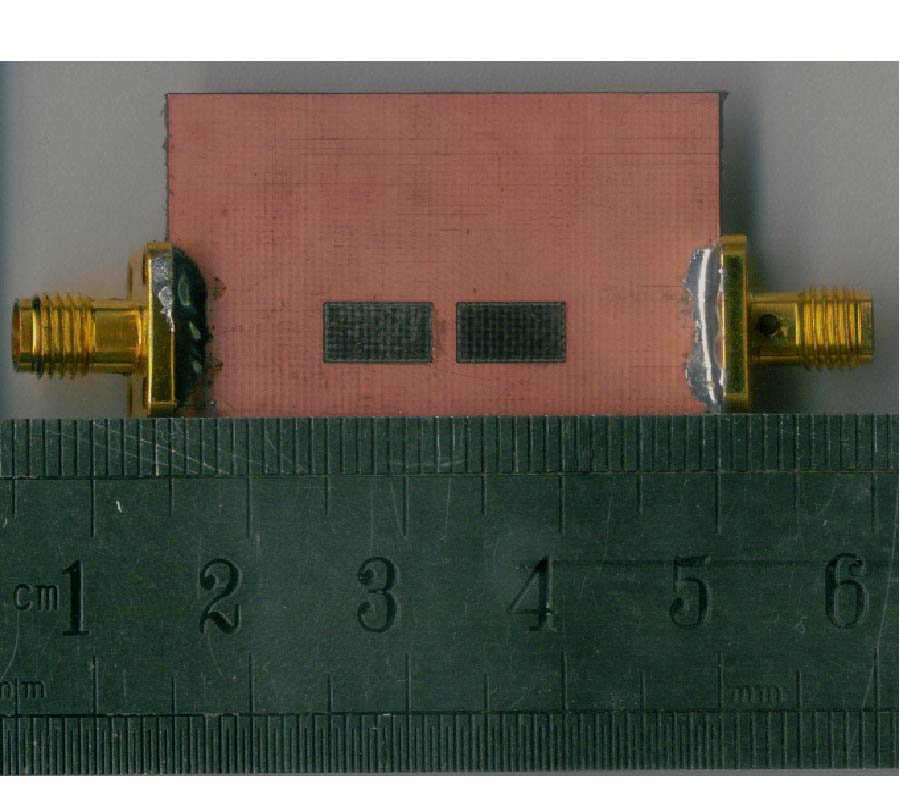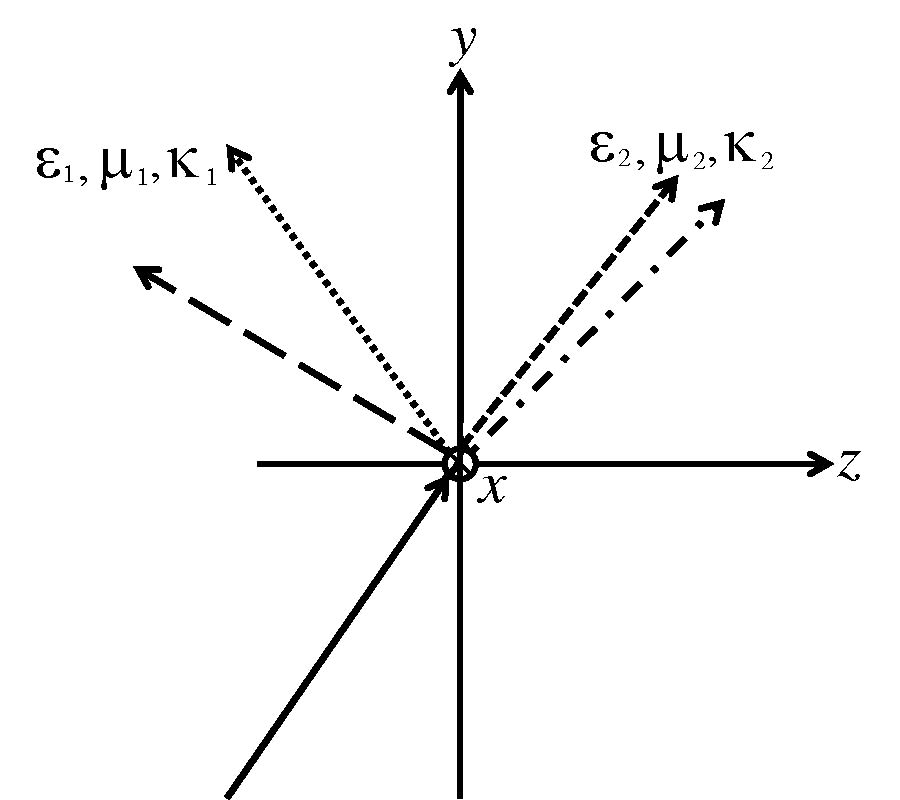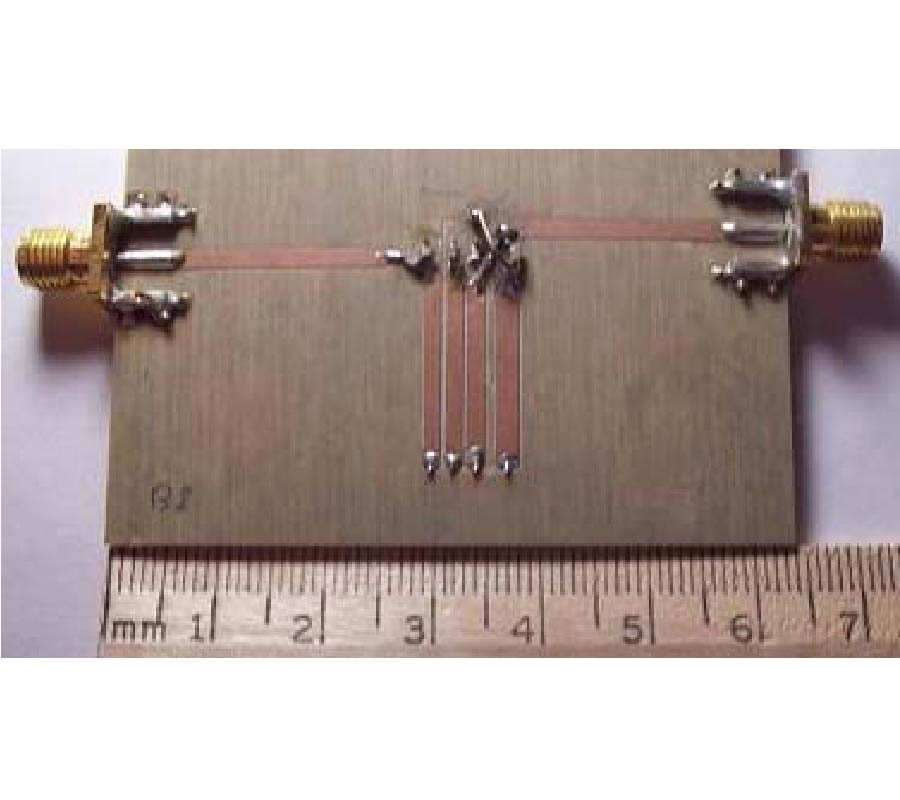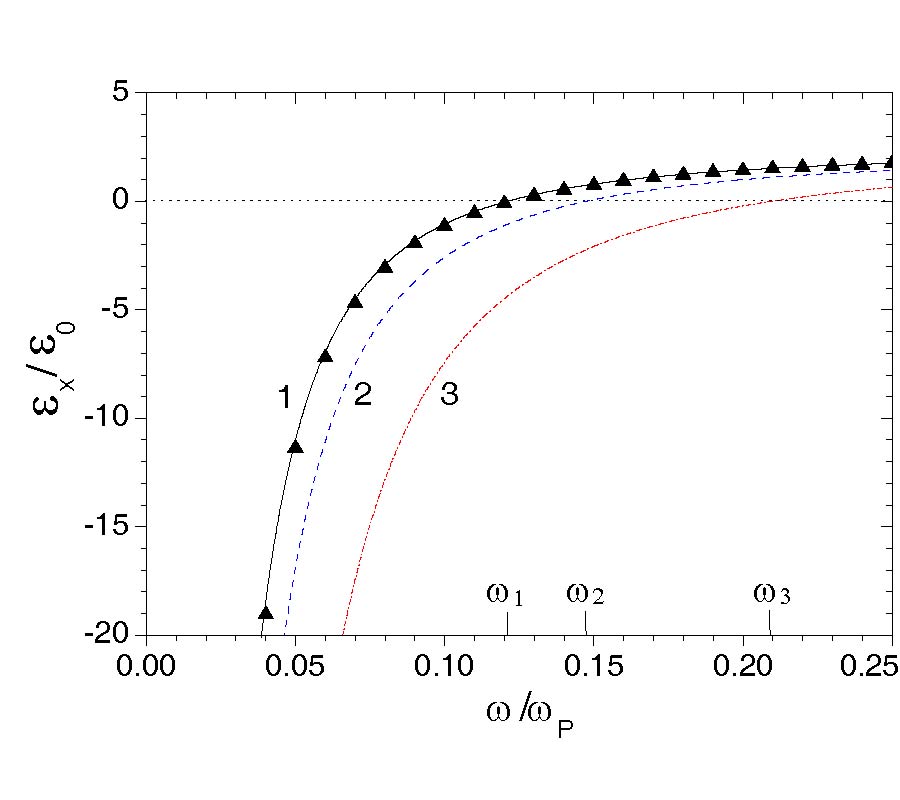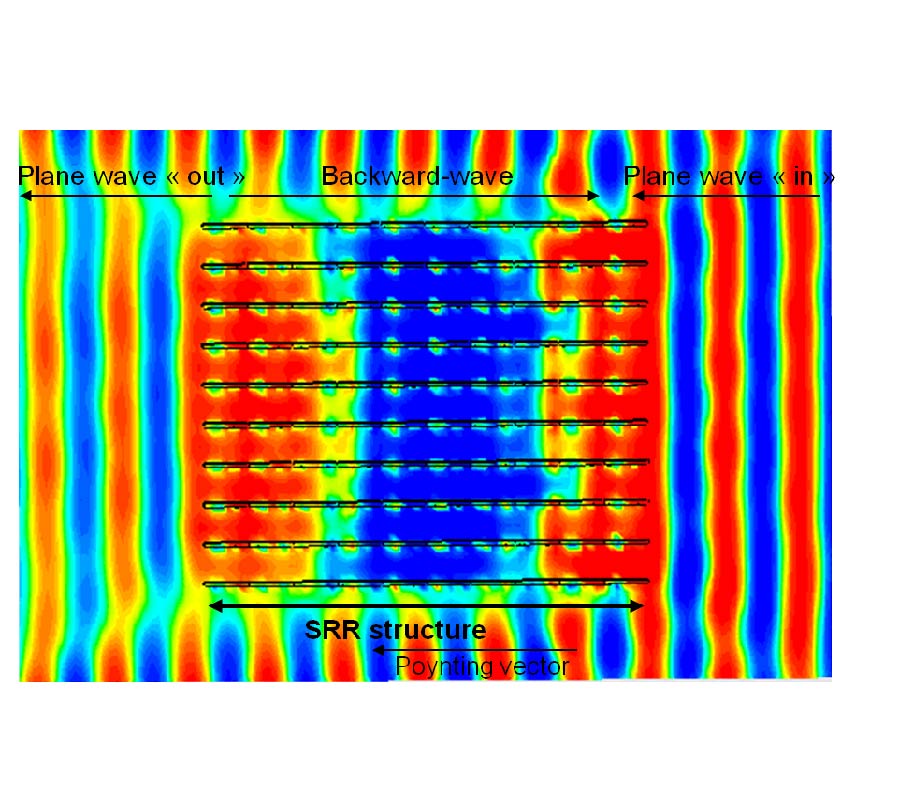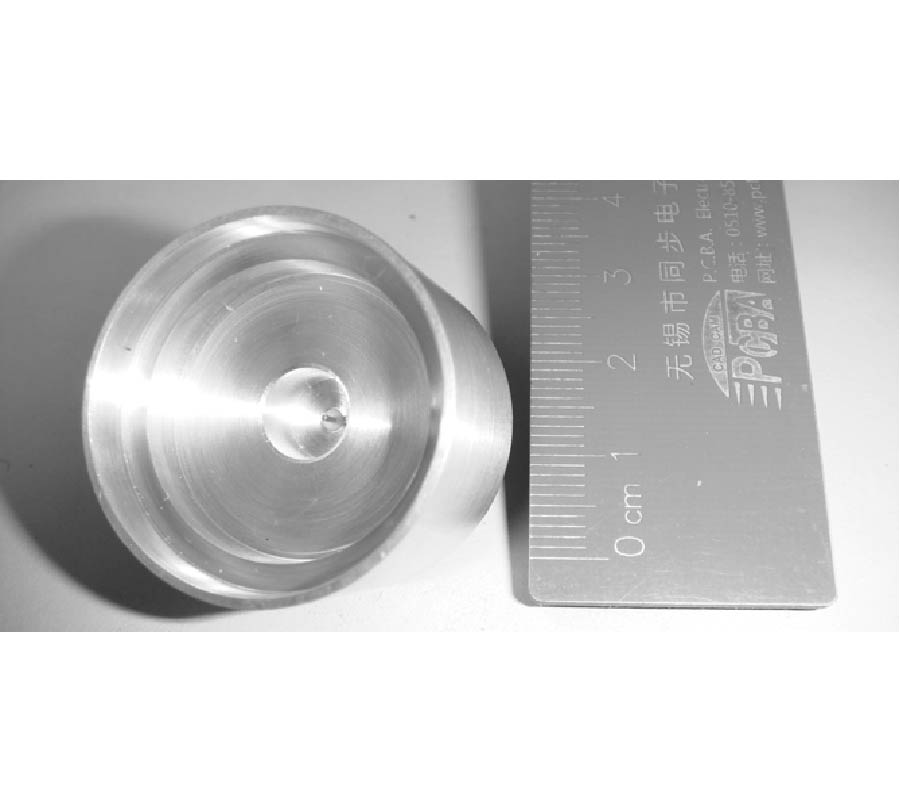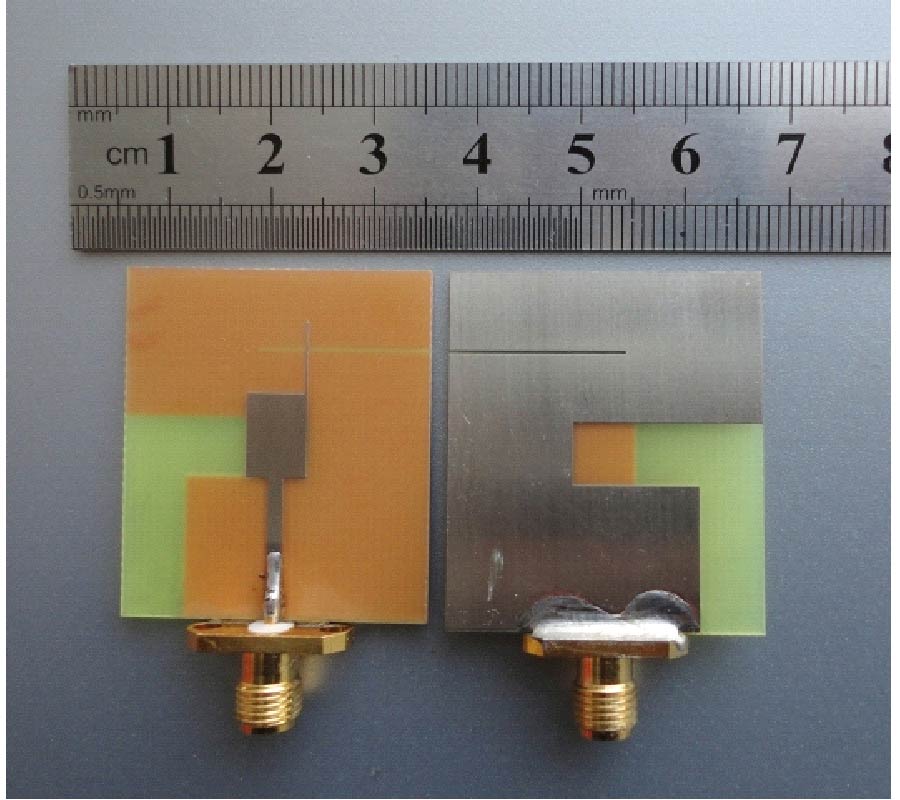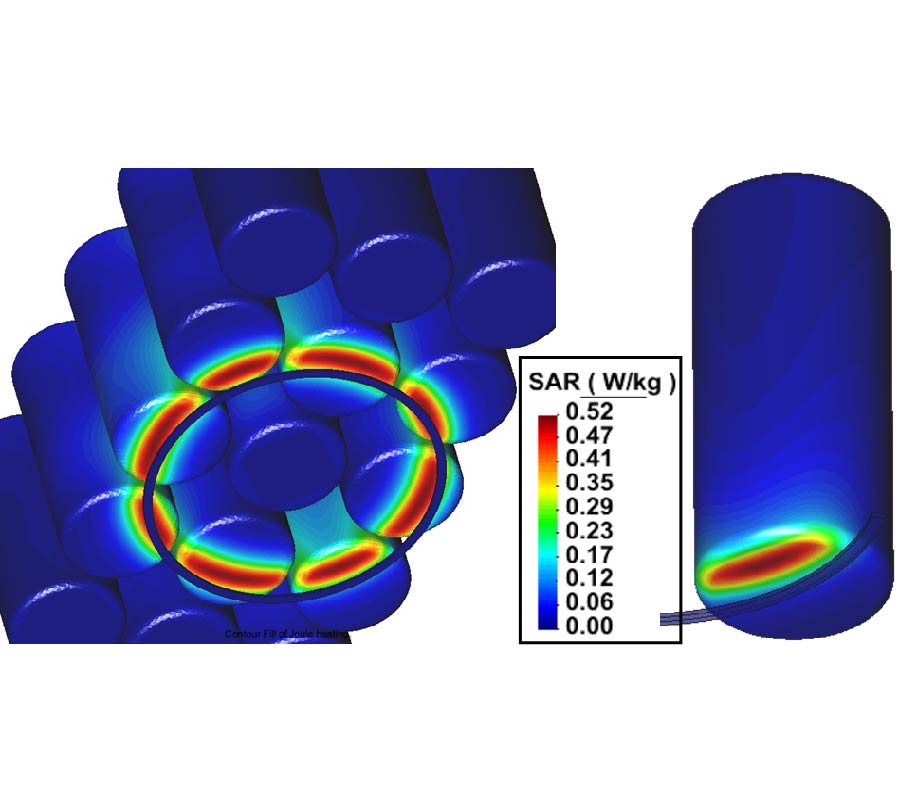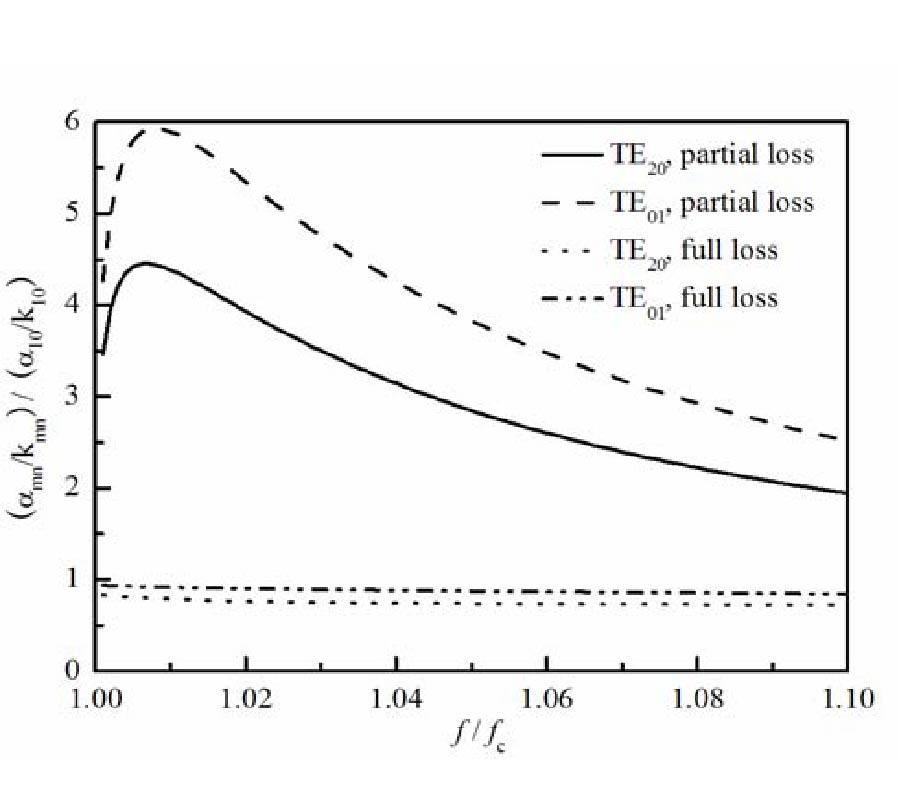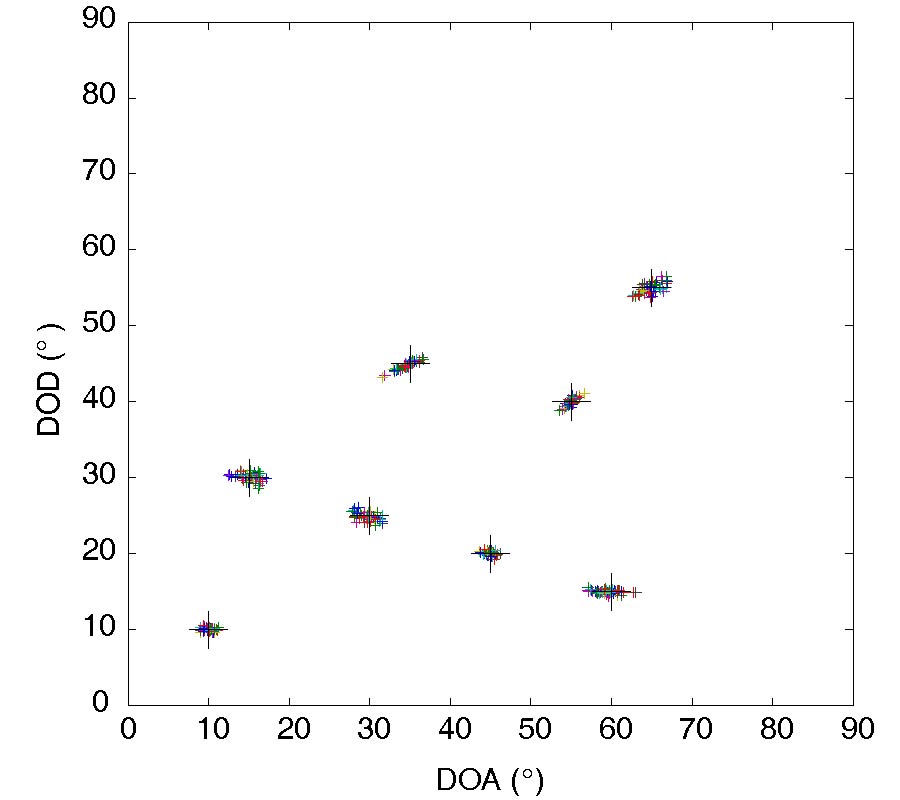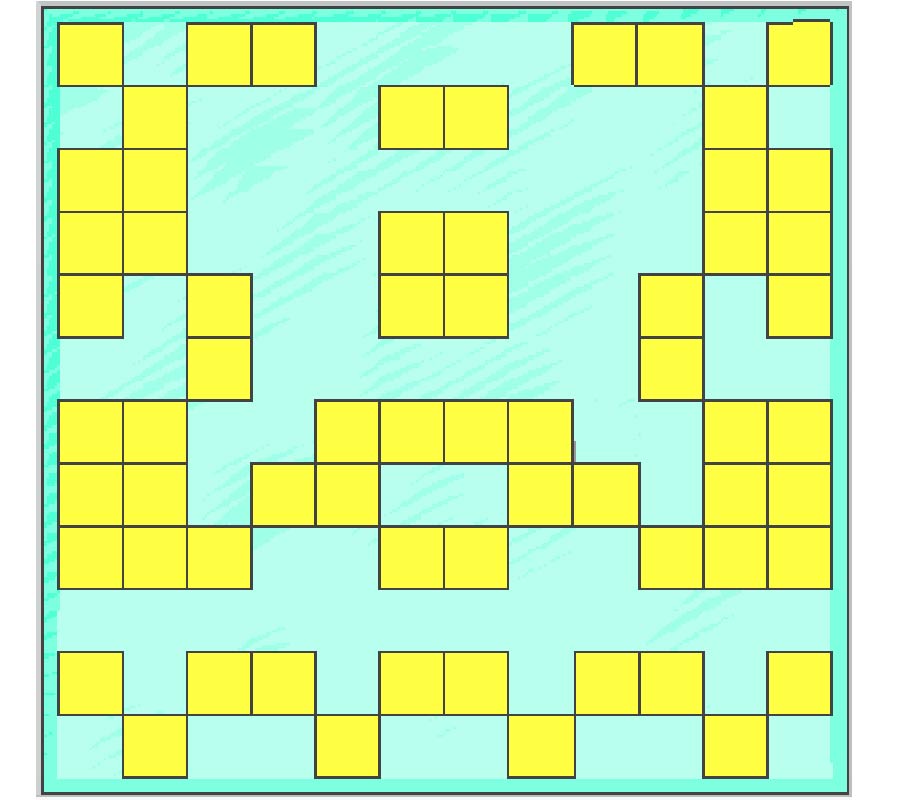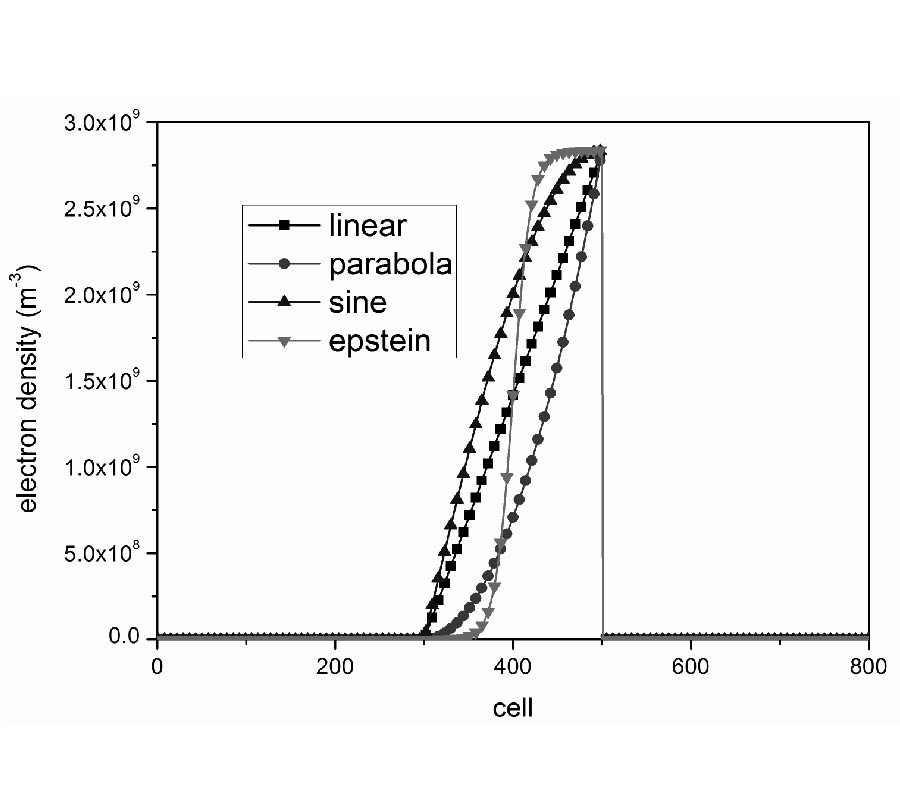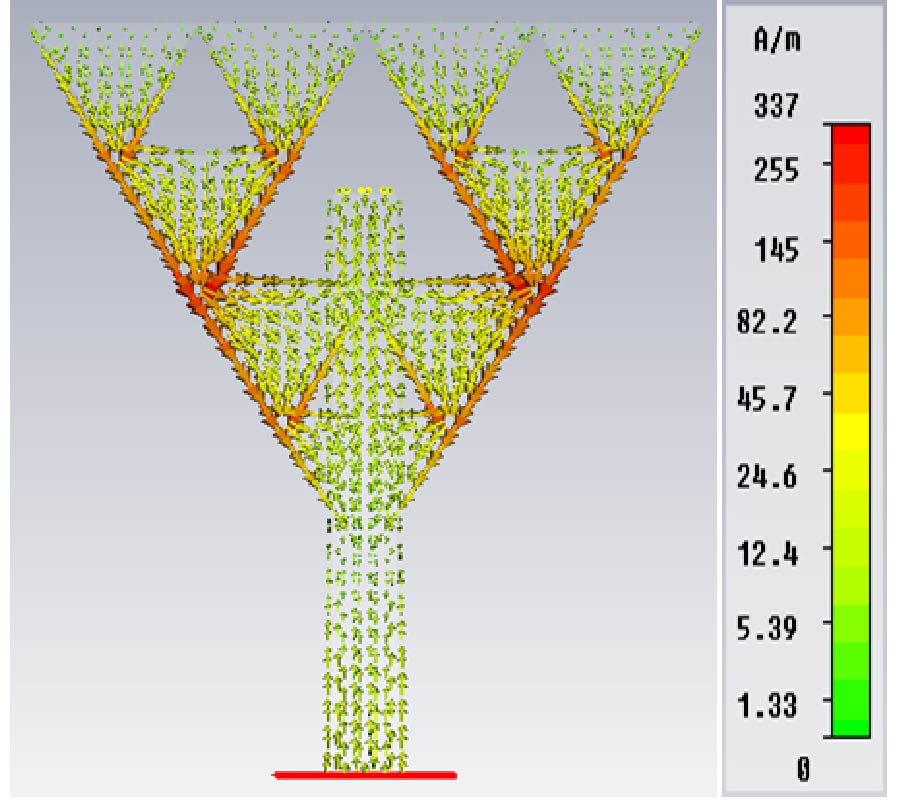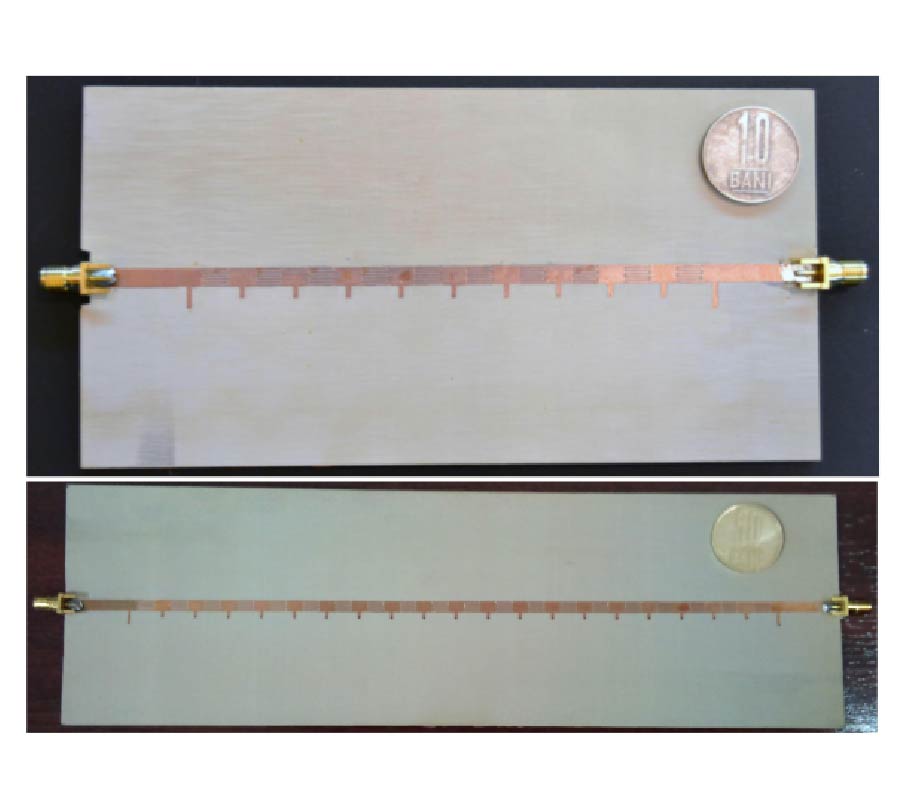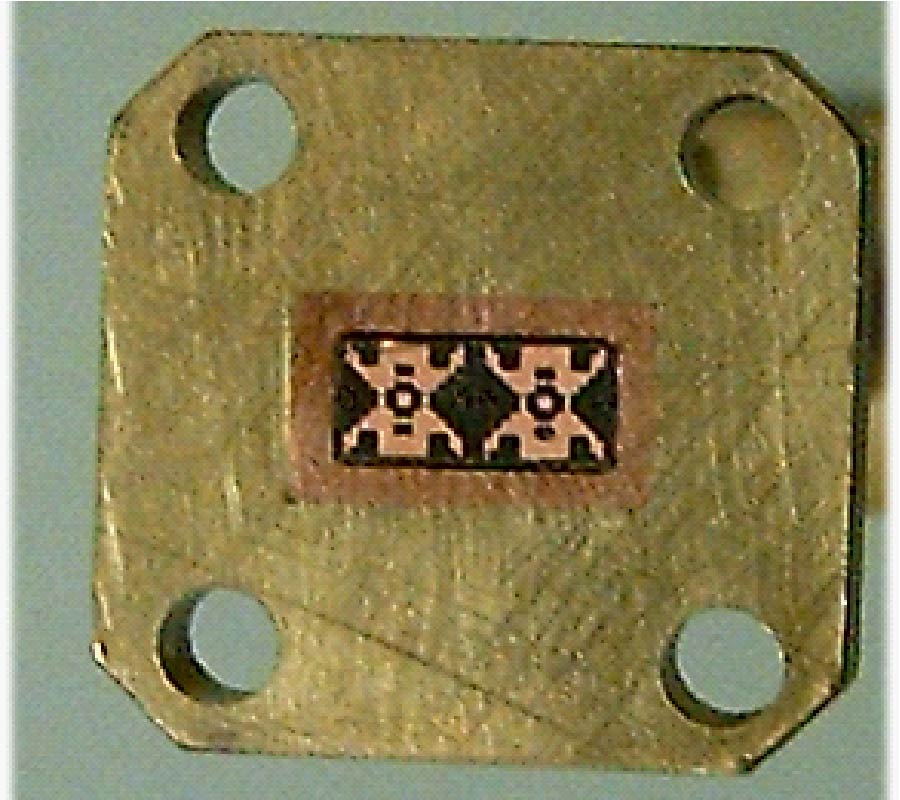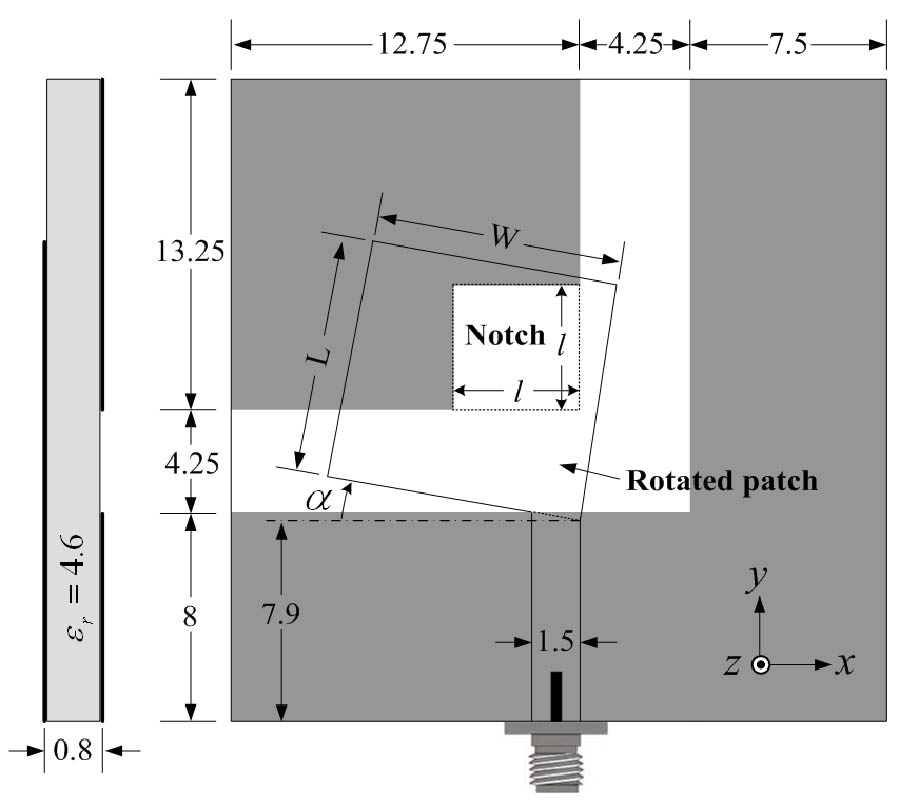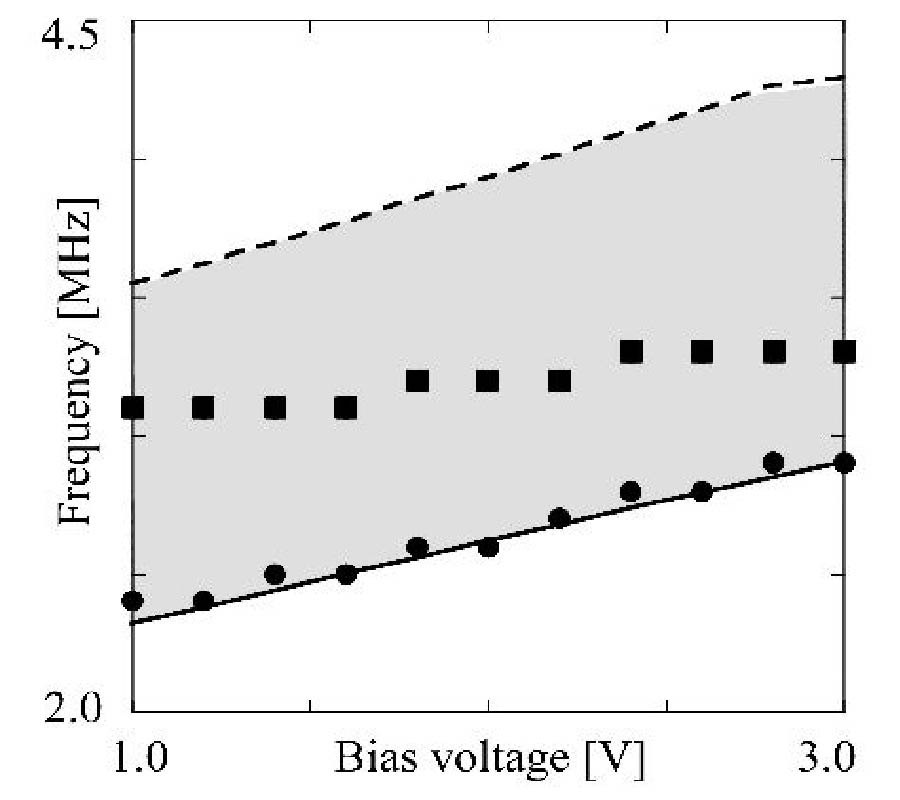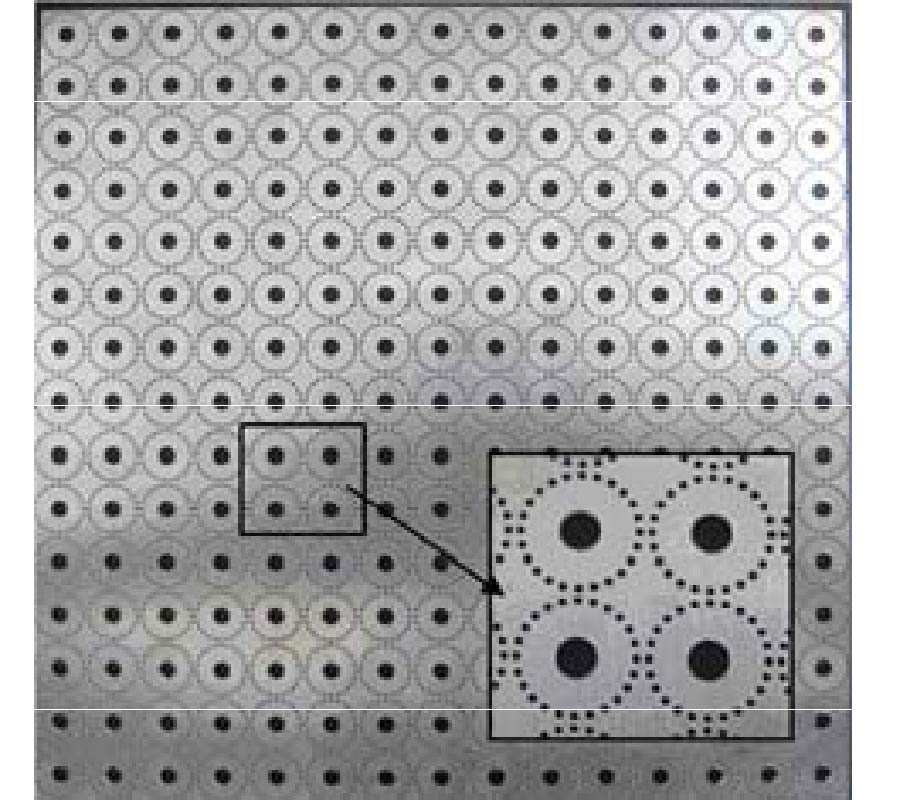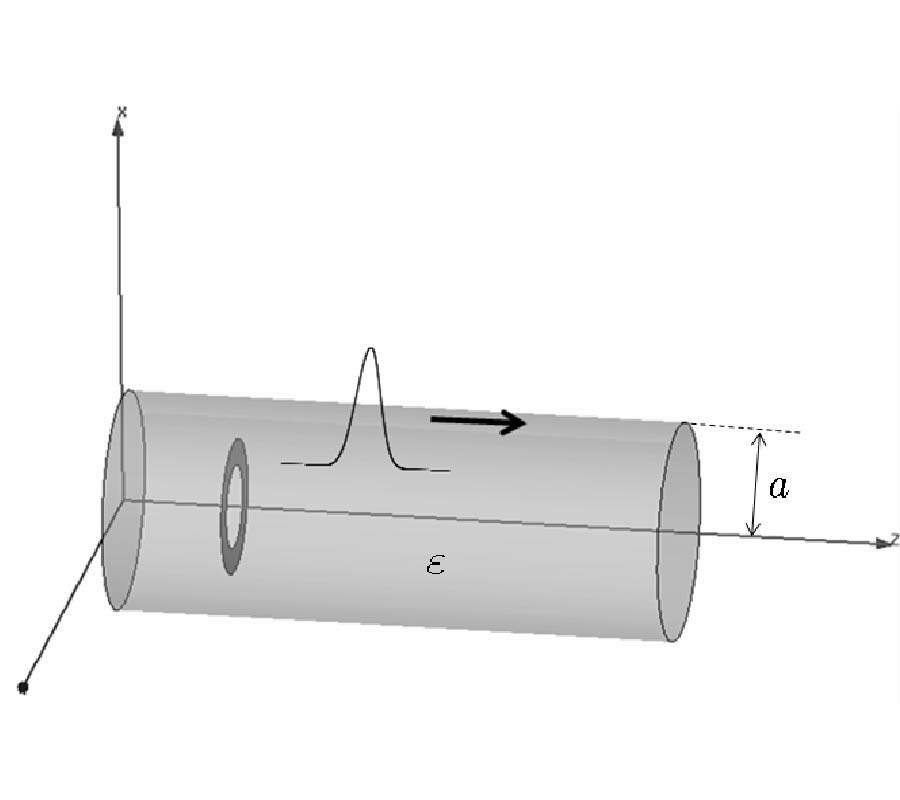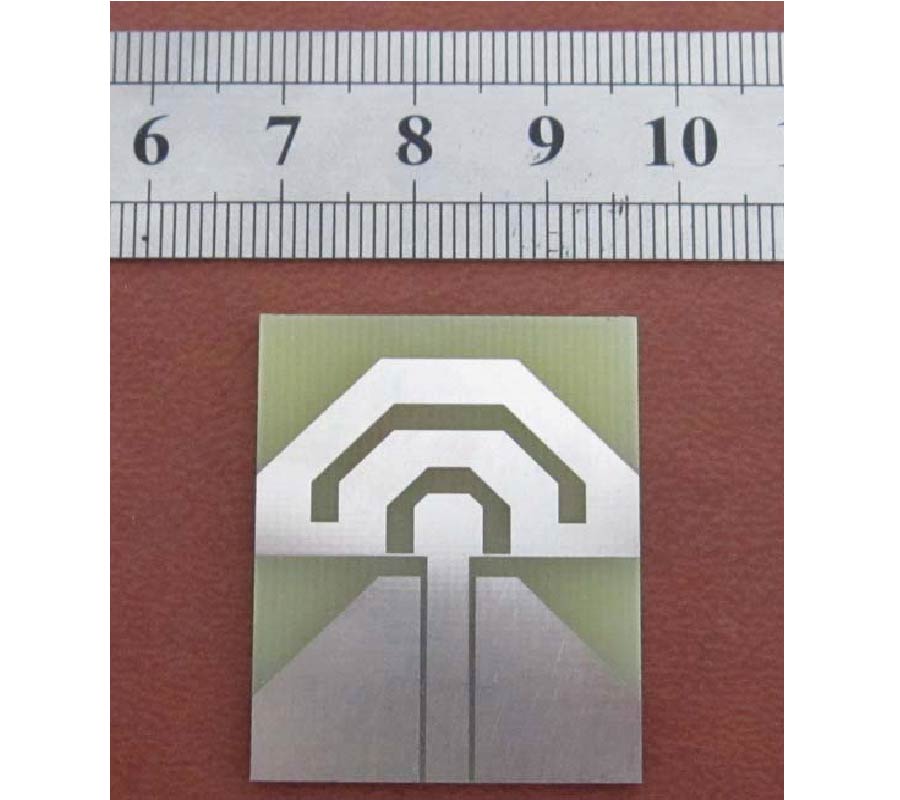Narrowband Frequency Selective Surface Based on Substrate Integrated Waveguide Technology
Hang Zhou,
Shaobo Qu,
Zhibin Pei,
Jieqiu Zhang,
Baoqin Lin,
Jiafu Wang,
Hua Ma,
Chao Gu,
Zhuo Xu,
Peng Bai and
Wei-Dong Peng
In this paper, a novel narrowband frequency selective surface (FSS) with a stable performance based on substrate integrated waveguide technology is presented. The unit cell of the FSS consists of a double-sided metalized substrate with a circular hole and a SIW circular cavity. In this way, incident EM waves enter the circular cavity and excite a TM110 cavity resonance, leading to a narrow pass-band. The high-Q property of the TM110 cavity resonance provides a very good wide-angle and polarization-independent stability. Both the simulation and experimental results show that such narrowband FSS owes its advantages to high selectivity, low profile stable performance with various incident angles and different polarizations, which is suitable for impulse detections, narrow-band communications, electronic countermeasures, etc.
